RAVEL AND HIS CONTEMPORARIES
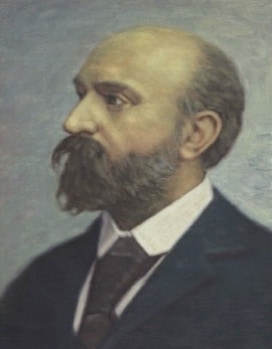
ERNEST CHAUSSON
Symphony in Bb Major (1890)
What influences do you see at work? Can you hear the ghost of Wagner hanging over any of this music? French music at the end of the 19th century was still heavily dominated by the influence of Richard Wagner-- something that both Debussy and Ravel rebelled against for much of their careers. Please note that these first three examples are all symphonies: the composers are making use of the old, traditional forms. Debussy and Ravel wrote exactly zero symphonies…..
PAUL DUKAS
Symphony in C
(1896)
Paul Dukas was a close contemporary of both Debussy and Ravel. His most famous work is of course The Sorcerer’s Apprentice, but we offer here a different work: an excerpt from his Symphony in C. Compare and contrast with the Chausson example. Would you have guessed that this music was written by the same composer who wrote
The Sorcerer’s Apprentice?
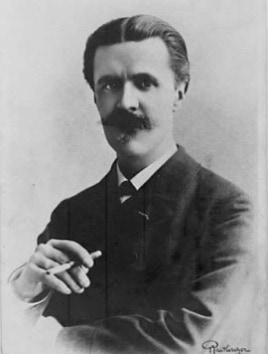
VINCENT D'INDY
Symphony No.2 in Bb Major
(1903)
D'Indy was a close friend of Debussy, but found himself in an opposing "school" of musical thought. Comments on the musical style? Can you tell that we are still in the Romantic Era? Compare and contrast with the Debussy example below,
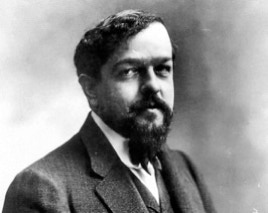
CLAUDE DEBUSSY
Nocturnes for Orchestra (1899)
Debussy was of course one of the
most important influences on Ravel, although the two men had a rather difficult relationship. Ravel always acknowledged the supreme importance of Debussy, and the music of Ravel is highly indebted to the older composer (Debussy was 13 years older than Ravel...)

GABRIEL FAURE
Pelléas et Mélisande (1898)
Fauré was Ravel’s composition professor at the Paris Conservatory, and had a tremendous influence on Ravel’s life and music. Fauré’s use of “Impressionistic” harmonies, modal scales, and deft orchestration was highly admired by both Ravel and his contemporaries.
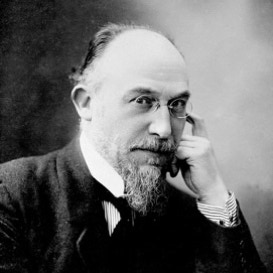
ERIK SATIE
Gymnopédies (1888)
Here we have one of the MOST
important influences on the music of Ravel. As a matter of fact, if you listen to this work, and then listen to Ravel’s Mother Goose Suite, Pavane for a Dead Princess, Valses Nobles et Sentimentales, and any number of other Ravel works, you will simply be amazed at the similarities!
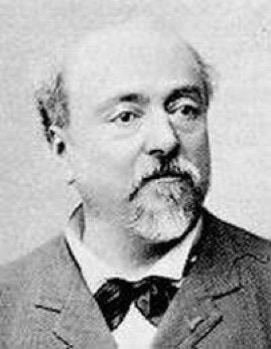
EMMANUEL CHABRIER
España
(1883)
Ravel often mentioned Chabrier as a major influence on his work and aesthetic. In particular, he appreciated the wonderful Spanish influence in works such as España, as well as Chabrier’s sparkling orchestration, dance-related works (clearly evident here), and lyricism. There is a famous saying in music: “The greatest Spanish music was composed by French composers”. Not a popular saying in Spain!

NIKOLAI RIMSKY-KORSAKOV
Capriccio Espagnol
(1887)
Ravel first heard Capriccio Espagnol at the Paris World Expo in 1889, and was blown out of the water by the incredibly virtuosic orchestral writing. The work, and the compositions of this composer in general, had a major influence on the orchestration technique of Ravel.
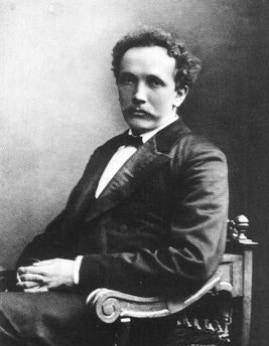
RICHARD STRAUSS
“Dance of the Seven Veils” from
Salome
(1905)
At the turn of the century, the most famous living composer was unquestionably Richard Strauss, who had turned the musical world upside-down with his daring tone poems of the 1890s and then turned to opera, creating 20th century masterpieces with Salome
(1905) and Elektra (1908). Strauss’s orchestration technique was second to none, and he and Ravel most likely should share the title of greatest 20th century orchestral masters. In the year 1900 Richard Strauss was without question the most famous living and working composer, followed by Debussy and Puccini.